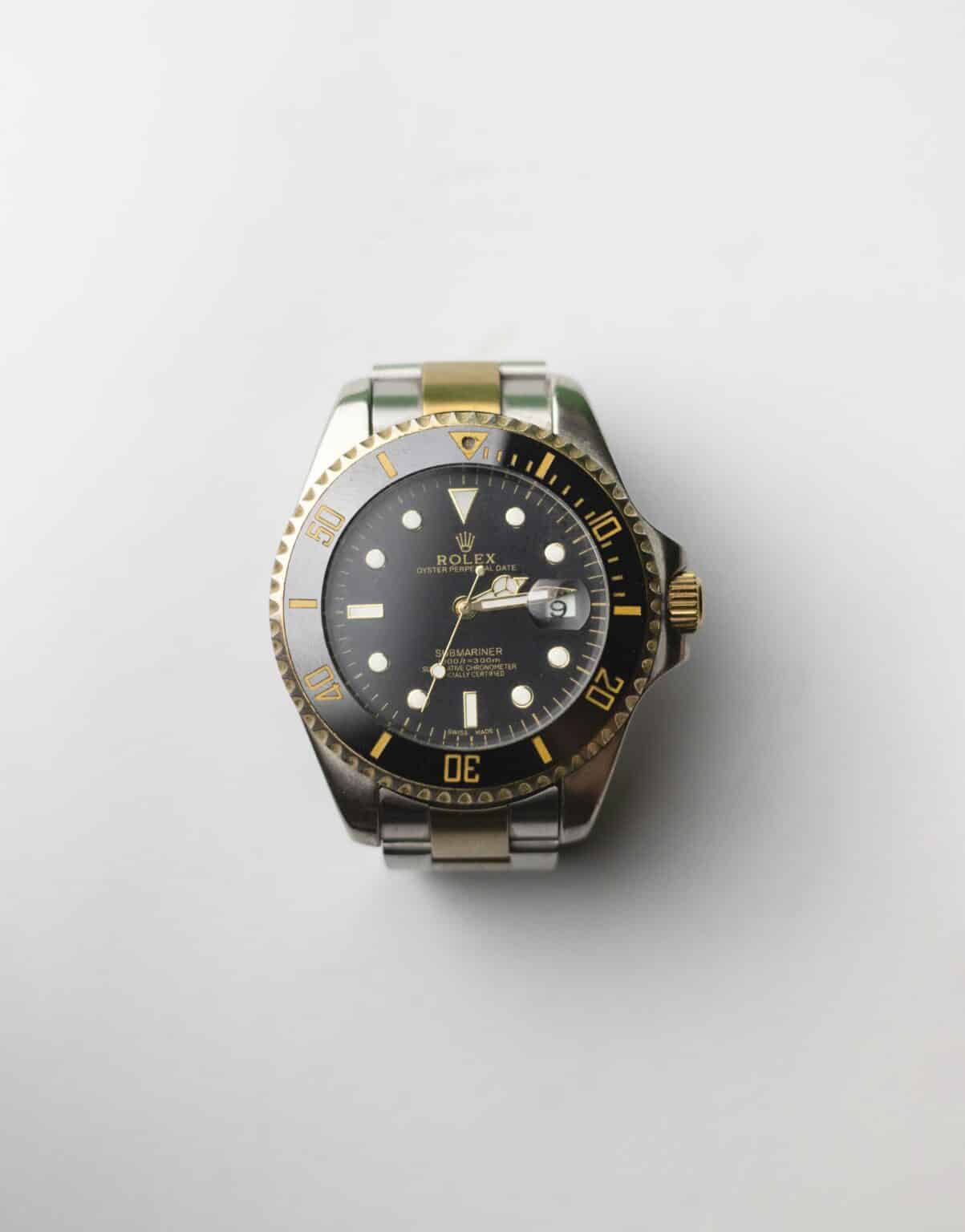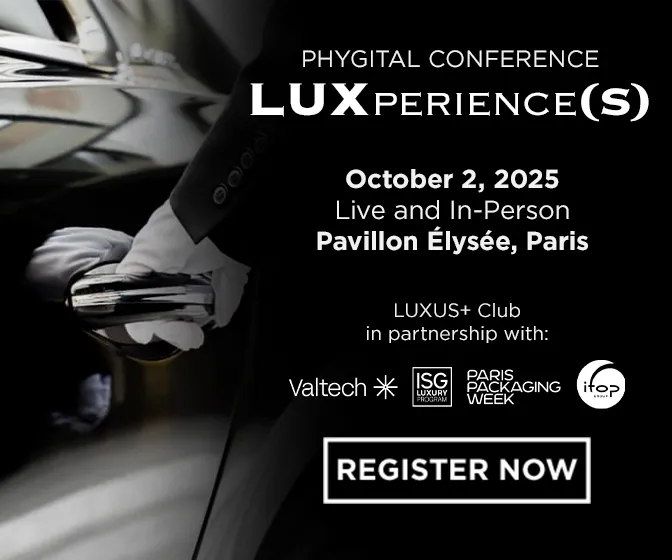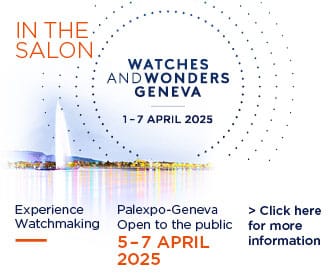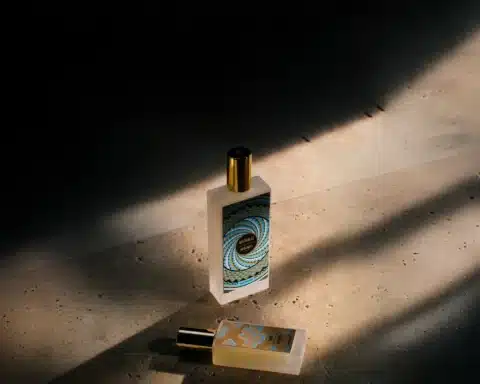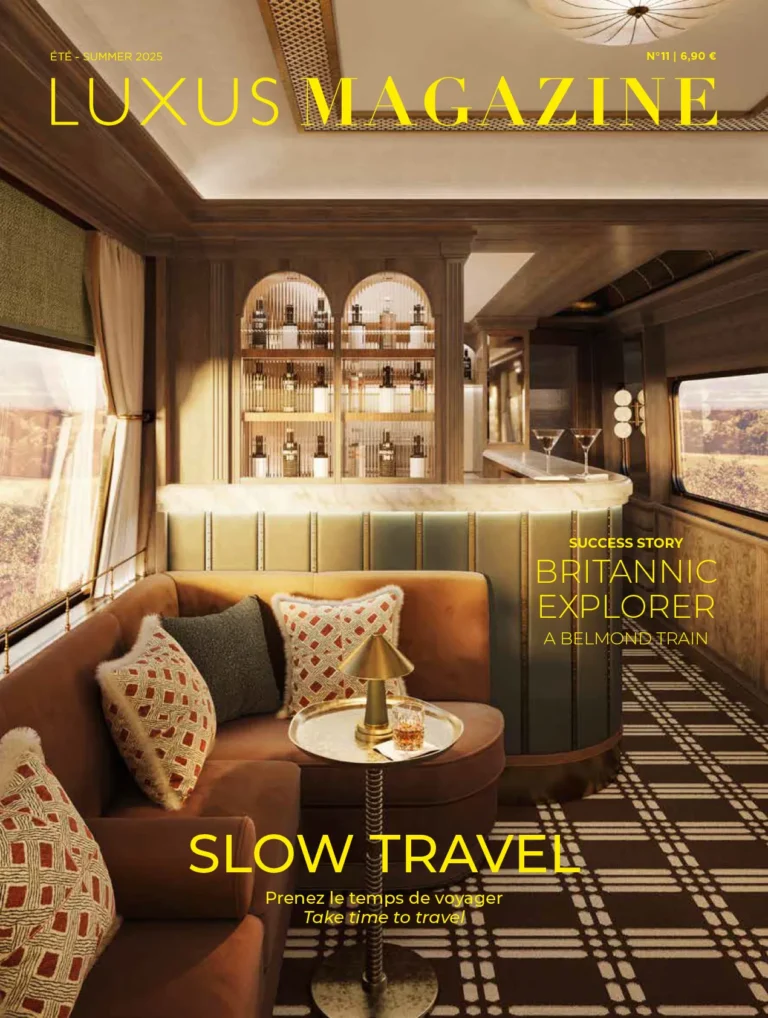A perfectly controlled production line, an unblemished reputation, innovation and avant-garde aesthetics, prestigious ambassadors… Since its creation in 1905 by Hans Wilsdorf, Rolex has never lost its superb character. Drawing on an inestimable heritage, the company continues to arouse admiration in the watchmaking world.
When one thinks of luxury watches, Rolex is surely the first name that comes to mind. Famous throughout the world, the brand reigns supreme in this universe. Visionary and innovative, its founder Hans Wilsdorf dreamed of a wristwatch that was as beautiful as it was technical. This dreamlike quest materialized in a timepiece with a smaller, high-quality movement, which earned the brand recognition from the beginning of the 20th century.
A history of innovation
What defines a luxury watch? First and foremost, its ability to innovate and be a pioneer. And Rolex has always distinguished itself in this area. In fact, it was to be as close as possible to the latest inventions that the company set up in 1919 in Geneva, the world capital of watchmaking. And Hans Wilsdorf’s brand was quick to take up major sporting and scientific challenges.
In 1926, the brand created the first water- and dust-resistant watch. Called the “Oyster”, this timepiece crossed the English Channel on the wrist of swimmer Mercedes Gleitze and emerged from this 10-hour adventure in perfect condition. This incredible feat brought Rolex’s innovative techniques to light, inspiring a good number of watchmaking companies, listed and available on Chrono24.
The company didn’t stop there, as it went on to develop professional watches in the 1950s. Their specific features are perfectly suited to scuba diving with the Submariner and the Deep Sea Special, aviation with the GMT-Master, mountaineering with the Explorer and motorsport with the Cosmograph Daytona, the future Daytona. So many pieces that have allowed Rolex to be associated with sporting records, as evidenced by the Deepsea Challenge, water resistant to 12,000 meters.
Other now iconic watches have enriched the collections of Rolex, such as the Datejust in 1945, the first self-winding chronometer model to display the date in a window on the dial, and the Day-Date (1956), the first wristwatch to display the day of the week in full in a window on the dial.
The brand also established its reputation with its Perpetual movement, an automatic system that winds the watch with the simple movements of the wrist. Calibre 3255, 2232, 4130, 3230; fluted platinum bezel; blue Parachrom hairspring; 904L steel… It is difficult to name all the innovations offered by Rolex, as they are so numerous, decade after decade.
An ultra-luxury image carried by collaborations and brand ambassadors
In addition to innovations, Rolex has magnified its name through prestigious collaborations linked to sporting and scientific achievements admired all over the world, but also alongside renowned artistic institutions.
Rolex has been the official supplier of several airlines, including Pan American World Airways, and has forged close links with the Compagnie Maritime d’Expertise (Comex). In 2017, the Swiss company became the exclusive watch of the Academy of Motion Picture Arts and Sciences, which organizes the Oscars. The ceremony, which brings together the biggest celebrities and is the epitome of cinematic excellence, thus allows Rolex to shine.
Other examples include the Rolex SailGP Championship, the PGA Championship golf competition, the French Open tennis tournament and Formula 1. Followed worldwide for several weeks, these renowned championships elevate Rolex to the rank of supreme sports sponsor. A world that has been very trendy for the high-end industry in recent years.
But Rolex wanted to be more than a sponsor for these institutions. The company has enlisted numerous personalities as its “testimonials”, its family of ambassadors. Whether in the field of sport with golfer Tiger Woods and tennis player Roger Federer, in music with pianist Yuja Wang and conductor Gustavo Dudamel, or in cinema with directors James Cameron and Martin Scorsese and more recently actor Leonardo DiCaprio, they all proudly wear a Rolex on their wrist.
So how and why is Rolex considered a benchmark in luxury watchmaking? Through all their technical prowess, the refinement of the pieces adopted by the most fashionable personalities and an image focused on the ultra high-end, the watchmaker’s emblematic watches are associated with success. Owning a Rolex is often synonymous with a certain level of personal and professional achievement, inviting owners to join an elite community.
Always perceived as high-value investments, the timepieces are timeless and are passed down from generation to generation. This is what maintains the House’s hegemony over the global watchmaking industry, particularly in Switzerland. With an estimated turnover of nearly 11 billion Swiss francs in 2024 and 1.17 million watches sold according to the latest report by LuxeConsult and Morgan Stanley published in February 2025, Rolex galvanizes 32% of the total market.
Read also > Rolex: Did you guess the right number?
Featured photo: Pratik Prasad/Unsplash




